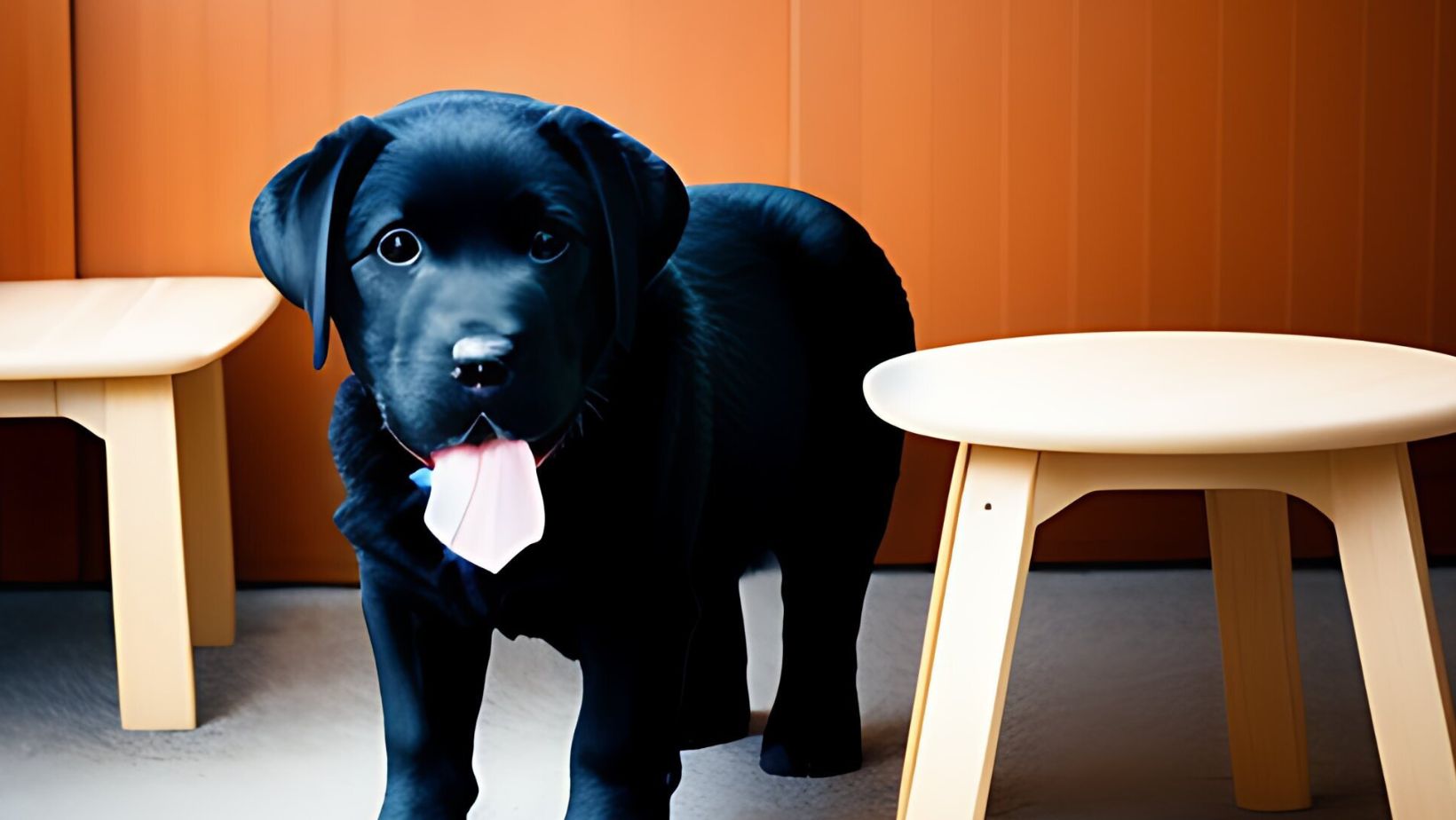How to Get your Dog to Stop Peeing Inside
Dealing with indoor urination of Labradors can be a frustrating and challenging issue for dog owners. No one wants to constantly clean up messes or have their home smelling like urine. In this article, I’ll share effective strategies on how to get your dog to stop peeing inside, helping you maintain a clean and odor-free living space.
One important step in addressing indoor urination is understanding why your Labrador is doing it in the first place. There could be various reasons, such as a lack of proper training, territorial marking, anxiety, or even medical issues. Identifying the underlying cause will help you tailor your approach and find the most suitable solutions.
To tackle this problem head-on, consistency and positive reinforcement are key. Establish a regular routine for bathroom breaks and take your Labrador outside frequently, especially after meals or naps. When they eliminate outdoors, praise and reward them with treats or verbal encouragement. This positive association will encourage them to repeat this behavior in the appropriate location.
In addition to consistent potty breaks, it’s crucial to create an inviting outdoor space for your Labrador to do their business. Make sure the area is free from distractions and has suitable surfaces such as grass or gravel that mimic natural environments. Using scent markers like urine-scented sprays can also help signal the correct spot for elimination.
By implementing these strategies and addressing any underlying issues, you’ll be well on your way to successfully training your Labrador to stop peeing inside. Remember that patience and persistence are vital throughout this process. With time and effort, you can create a harmonious environment where accidents become a thing of the past.
Understanding the Causes of Indoor Urination
When it comes to dealing with indoor urination in Labradors, understanding the underlying causes is crucial. There can be various factors contributing to this behavior, and identifying them will help you address the issue effectively. Here are a few key reasons why your Labrador may be peeing inside:
- Lack of Proper Housebreaking: One common cause of indoor urination is inadequate or inconsistent housebreaking training. If your Labrador hasn’t been properly trained to understand where they should relieve themselves, accidents are bound to happen indoors.
- Medical Issues: Sometimes, indoor urination can be a sign of an underlying medical problem such as urinary tract infections, bladder stones, or other health conditions affecting their ability to hold urine properly. It’s important to rule out any medical issues by consulting with your veterinarian.
- Anxiety and Stress: Just like humans, dogs can experience anxiety and stress which may lead to inappropriate elimination behaviors. Changes in routine, new environments, separation anxiety, or fear can trigger indoor urination in Labradors.
- Marking Behavior: Unneutered male Labradors may engage in marking behavior indoors as a way of establishing territory or attracting mates. This behavior can also occur in spayed females but is less common.
- Age-related Factors: Puppies and senior Labradors may have difficulty controlling their bladders due to their age. Puppies are still learning proper bathroom etiquette while older dogs might have weakened bladder muscles or cognitive decline.
Understanding these causes will enable you to devise an effective plan for addressing indoor urination in your Labrador companion. Remember that patience and consistency are key when tackling this issue.

Creating a Consistent Bathroom Routine
Establishing a Bathroom Schedule
One of the key steps in dealing with indoor urination of Labradors is establishing a consistent bathroom schedule. Dogs thrive on routine, and having set times for bathroom breaks can help prevent accidents inside the house.
Here are some tips for creating a bathroom schedule:
- Regular intervals: Take your Labrador out to relieve themselves at regular intervals throughout the day. This could be every few hours, depending on their age and bladder capacity. Puppies may need more frequent trips outside.
- Morning and evening routines: Make sure to include specific times for bathroom breaks first thing in the morning and before bed. These are important moments when your dog is likely to need to relieve themselves.
- Mealtime breaks: Plan additional bathroom breaks around mealtimes since eating stimulates bowel movements. Taking your Labrador out shortly after they eat can help prevent accidents indoors.
Remember, consistency is key when establishing a bathroom schedule for your Labrador. Stick to the routine as closely as possible, even on weekends or during vacations, to reinforce good habits.
Implementing Positive Reinforcement Techniques
Positive reinforcement plays an essential role in training Labradors to stop peeing inside the house. By rewarding desired behavior, you can effectively encourage them to use designated outdoor areas instead.
Consider these techniques:
- Verbal praise: Whenever your Labrador successfully goes outside to pee, offer enthusiastic verbal praise along with affectionate pats or treats immediately after they finish eliminating waste.
- Rewards: Use small treats specifically reserved for successful outdoor potty trips as an extra incentive for your dog’s good behavior.
- Consistency: Be consistent with rewards and praise each time your Labrador eliminates outside; this will help reinforce that going outdoors is desirable behavior.
- Redirecting mistakes: If you catch your dog starting to pee indoors, interrupt them gently but firmly with a clap or a quick noise, then take them outside immediately. Once they finish outdoors, reward them for finishing in the appropriate area.